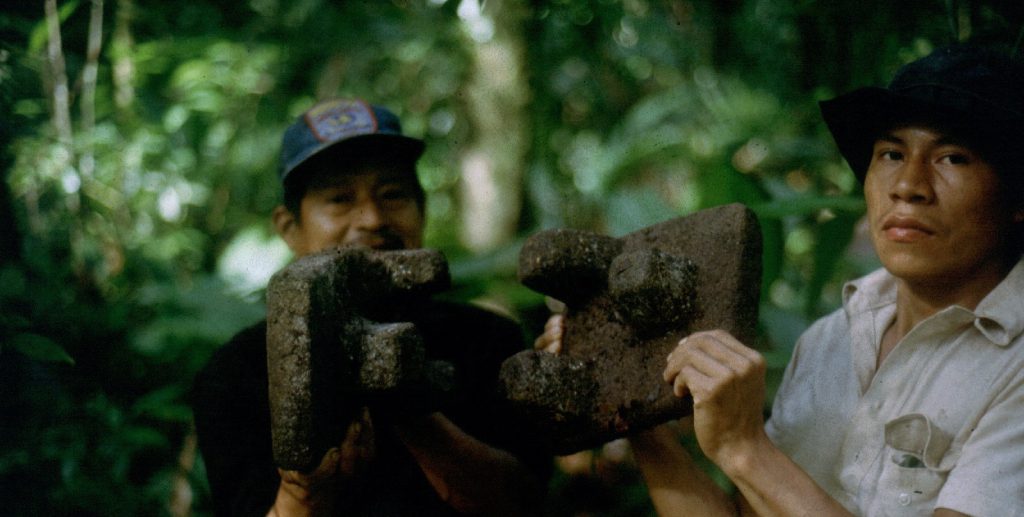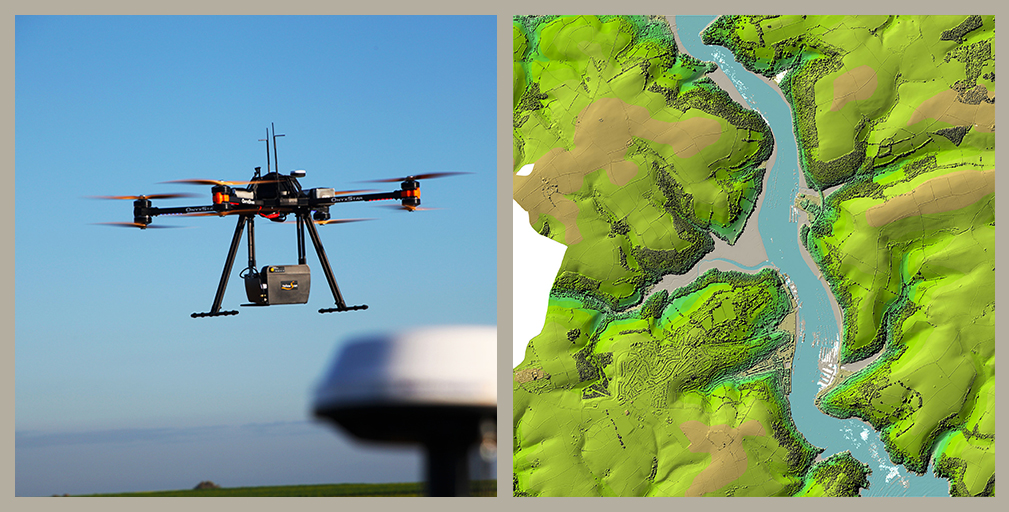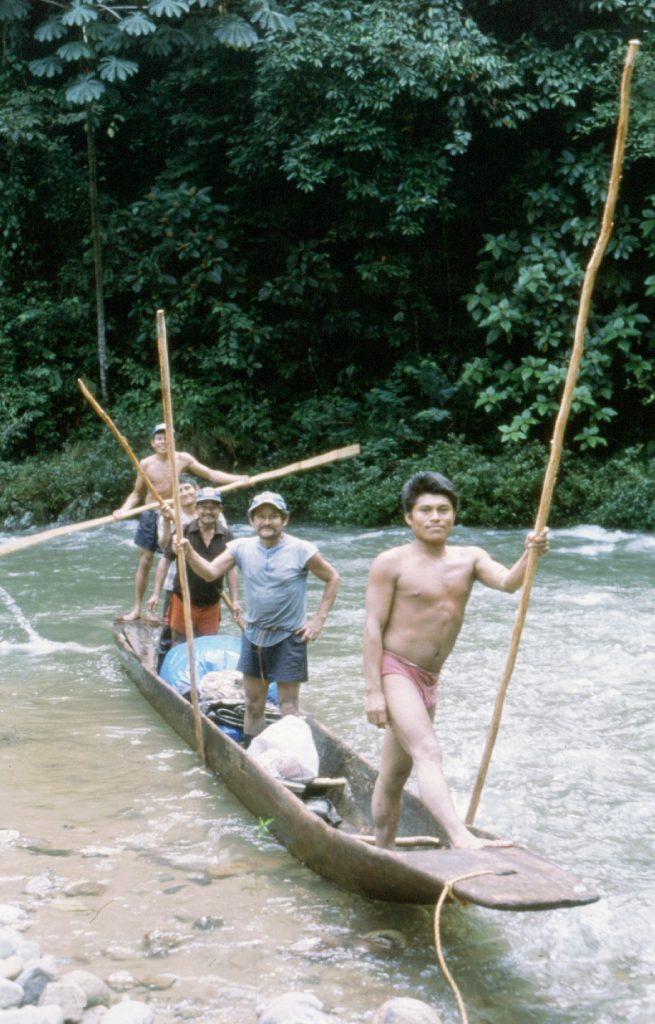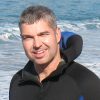The Lost City That’s Not Lost, Not a City, and Doesn’t Need to Be Discovered
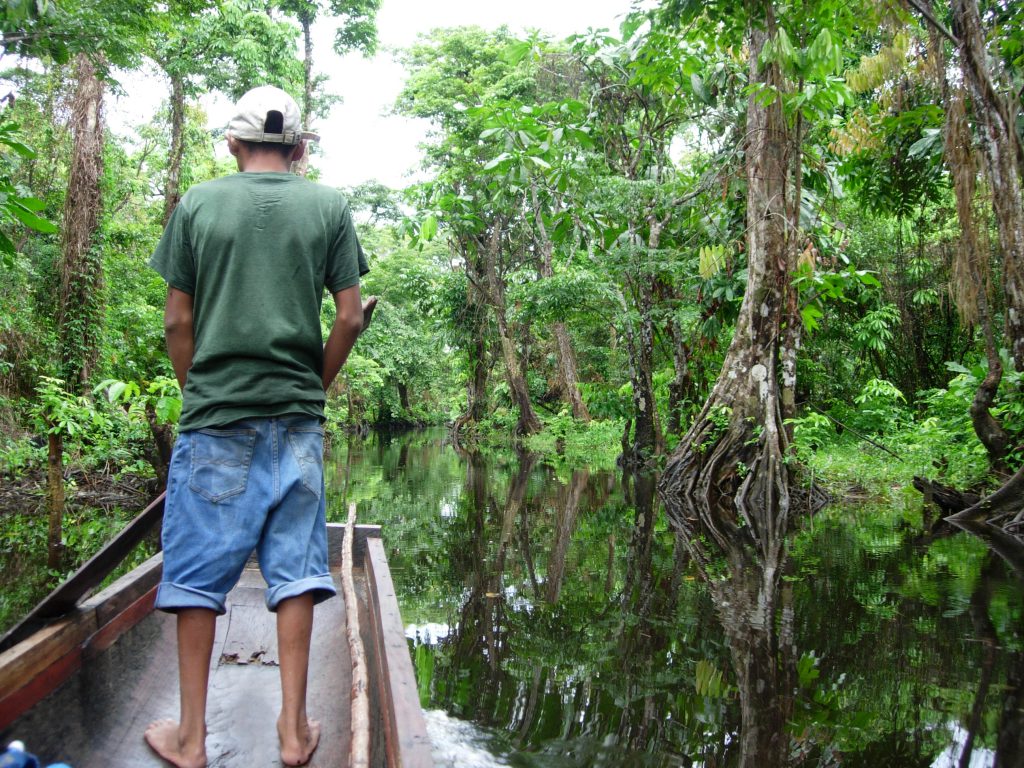
We had walked for five days through the mountainous rainforest of the Mosquitia region of eastern Honduras. My companions were five Pech men with whom I was working some 20-plus years ago. The Pech are an Indigenous group, and they almost certainly are descended from the people who built and inhabited the impressive archaeological sites we were visiting. It wasn’t raining at the moment, and we had a good fire going. We had harpooned some cuyamel fish in the river and were frying them along with green bananas, a Honduran staple. I never fantasized about food in the rainforest; we always had plenty, and it was good. I was daydreaming of dry clothes. My jungle boots had been soaked for weeks.
As we were eating, Don Cipriano, the oldest of the Pech and an expert on the region’s archaeological sites and forests, asked if I had heard the lost city legend—the one about La Ciudad Blanca, or the White City. “I have heard the stories,” I said. Everyone in the region has heard them.
“It’s nearby,” he told me. “Just up this river, up on top of a hill.” I asked him if we should go see it. He told me we couldn’t. The site was sacred, he explained, and was the refuge of Indigenous gods who had fled when the Europeans had arrived nearly 500 years earlier. There were gods from all seven Indigenous groups, and if you went there and couldn’t speak to each one, they wouldn’t allow you to leave, he added. You needed to know all seven Indigenous languages, and nobody knew them all—not even him.
My time as an archaeologist in Honduras began some 25 years ago when I did my dissertation research there. I worked intensively in the country for a decade and continued to research and take groups of students and tourists through the region after that. I lived in Central America for five or six years during that time. From the start, I knew that I could accomplish nothing without the Pech people. Over weeks-long expeditions, Pech guides taught me how to start fires in the rain, fish, find my way in the rainforest, gather food, and make a raft and a shelter. I got pretty good at these activities but nothing like the Pech. There was nothing they didn’t know about in their traditional territory. We might have walked six days into the forest, and they would tell me exactly what we would see tomorrow or what we would’ve seen if we had gone up that river or over that mountain.
Archaeological and linguistic data suggest the Pech have at least a thousand years of history in the region. They have lost much of their traditional lands to encroaching farmers and cattle ranchers, and now they primarily live on the edge of the rainforest in a handful of communities. But they have not lost their history—or their knowledge of the ruins that lie underneath the thick vegetation of the forest.
All told, Pech guides have taken me to see about 150 archaeological sites, and I have documented them, drawing maps, writing up notes, and taking photos. I have explored the relationship between this region and other areas, and how complex societies formed. I have interpreted and contextualized these sites—but I have “discovered” nothing.
My viewpoint contrasts sharply with that of others who have explored the region looking to make a “discovery.” Over the past century, there have been numerous expeditions to find a mythical lost city in the Mosquitia rainforest. La Ciudad Blanca keeps being discovered, over and over again; practically anytime anyone finds the remains of any settlement, they call it that. I know of a half-dozen large sites that have each been deemed “the White City”; there must be others. In all cases, the “discoverers” are outsiders, and their find is presented as a heroic accomplishment. They are seen as adventurers who have braved the impenetrable jungle and tropical diseases. They bring along military types and tough guys as part of their team, implying that such brute force and protection is what it takes to conquer the ferocious landscape. They want us to believe that they are intrepid explorers—achieving what others couldn’t because of their guts, money, technology, business acumen, and grit.
Nothing in their description is accurate. The cities aren’t lost; the people living in these areas know all about them. And they aren’t cities, by any reasonable definition. The original legends do not even reference cities; rather, they refer to locations that, for whatever reason, represent a golden age for Indigenous communities. Even the landscape is not particularly dangerous; children grow up there, after all.
Archaeologists often say, “It’s not what you find, it’s what you find out.” We are not in pursuit of objects but rather an understanding of the past. My work has never been about finding sites. It’s about finding out how leaders gained and maintained power, how these ancient societies interacted with other groups, and how such societies situated themselves across the landscape.
Most archaeologists spend a significant amount of time with local residents. They know that to understand a place you have to walk through it and you have to live in it. For many, their work requires not only an investment of time but also language skills, cultural competency, and trust built with residents. They are aware that such efforts are necessary for understanding and appreciating local knowledge.
But over the years, technologies and methods have emerged that help speed up archaeological investigations. First there was aerial photography, then satellite imagery, and most recently LIDAR (light detection and ranging), which uses millions of laser light pulses fired from a low-flying plane to get data about the landscape. So much data is captured, in fact, that you can remove some of it, like a representation of the forest canopy, and have more than enough to create a detailed 3-D map of the surface beneath. Rather than gathering all the data you can to inform your understanding of a place, you can pick and choose what you want to keep.
These are great technologies, and I wish I’d had them at the start of my career; everything would have been easier. But while they offer efficiency, such technologies have the potential to decrease critical interactions between an archaeologist and the community. “Finding” a lost city from the air allows the experience on the ground to be reduced to a short walk from the nearest road, landing zone, or navigable river. By failing to understand the depth and breadth of knowledge and experience that communities have of their place and their past, it is easy to imagine that you have discovered something unknown. After all, it’s not in the literature. It looks untouched. The illusory “finding” seems important. The “finding out,” the delayed gratification, is replaced by the immediacy of the “discovery.”
In addition to efficiency, such technologies also elevate the visual—and they provide a seemingly unobstructed view that comes from gazing upon the world from a rarified position. The observer, with this powerful view, assumes a de facto position of power and dominance over whatever is distantly viewed—their interpretation is not hindered by the messiness on the ground or challenged by other viewpoints. This focus on the visual, and the decontextualization that it allows, is fundamental to archaeological approaches that value a certain type of so-called discovery.
Feminist theorists have a long history of thinking about power imbalances like these. In the 1970s, similar observations led film critic Laura Mulvey to formulate the concept of the “male gaze”: film, she wrote, can render subjects as passive spectacles for viewers who occupy a male position of dominance over feminized others. As archaeologists, we reimagine this as the “hegemonic gaze,” wherein the explorer above is in a position of power and the landscape below is the object of desire to be documented.
Knowing this may not be enough to avoid these issues when I use such technologies. But some explorers have allowed such power imbalances to permeate their work. In 2012, for example, a group led by a filmmaker and a writer undertook a LIDAR-based expedition in the country, with the support of Honduran officials. They originally claimed to have found the lost White City of Honduras. After some initial backlash, the “lost city” was comically renamed the City of the Jaguar, which has no basis in local history, and it was also referred to as the City of the Monkey God, which has no grounding in real heritage either. Local Indigenous peoples maintain that they always knew about this place and had intentionally left it alone. Its “discovery” and naming by outsiders was offensive to them on many levels.
American feminist and legal scholar Catharine MacKinnon once challenged scholars to ask themselves how they know things: “Not exactly why should I believe you, but your account of why your account of reality is a true account.” The very idea of looking at the world objectively, she wrote, objectifies it in the same way that men have objectified women and Western thought has objectified knowledge. In other words, by claiming a nonsituated position, as if it were possible to operate free of perspective and bias, one is inherently supporting and reinforcing the status quo; this way of asserting power and privilege usually goes unchallenged—and is often unnoticed.
Thus, by interrogating the ways in which we conduct archaeology, we challenge the unexamined methods that favor the powerful.
Out of this type of questioning, some archaeologists have come up with an alternate mode of investigation known as “sensory archaeology”—that is, the practice of gathering not just visual information but also data on how a place feels, smells, and sounds. Sensory archaeologies challenge the “male” power-dominated fantasy of exploration seen in the 2012 lost city project and supplant it with a more nuanced and complex view of the past. This approach expands the parameters of discourse beyond the visual and helps to expose how a visual (or hypervisual) position creates and reflects a problematic relationship between the investigator and the subject of the investigation. Though my research is not explicitly sensory archaeology, my attempts to immerse myself in a place and within local communities and to contextualize discoveries follow similar guiding principles.
The focus on “finding” some hidden site rather than “finding out” about it has clear historical roots in colonialist approaches to exploration. Explorers representing colonial powers were often credited with “discoveries” that were well-known to local folks. By focusing on the discovery, we perpetuate vestiges of that colonial discourse, camouflaging privilege and oppression within the seemingly neutral language of science, technology, and exploration. This has real consequences. It perpetuates the idea that Westerners have some kind of superior type of knowledge. And it further undercuts the participation, influence, and knowledge of the most marginalized and least powerful folks in the region.
Sitting by the campfire with Cipriano and the other Pech men after days of exhausting trekking, I couldn’t help but recognize my limits. Nothing felt as straightforward as it looked on the map. La Ciudad Blanca that Cipriano pointed to at the top of the hill might have been nothing physical at all—none of us had seen it, after all—or it might have been a place that others had documented before. It wasn’t that important. What mattered, as I sat there, was living among these people, sharing the adventure of exploring the past, and understanding their ways of looking at the world. I still had so many languages to learn.
This article was republished on Aeon.

































